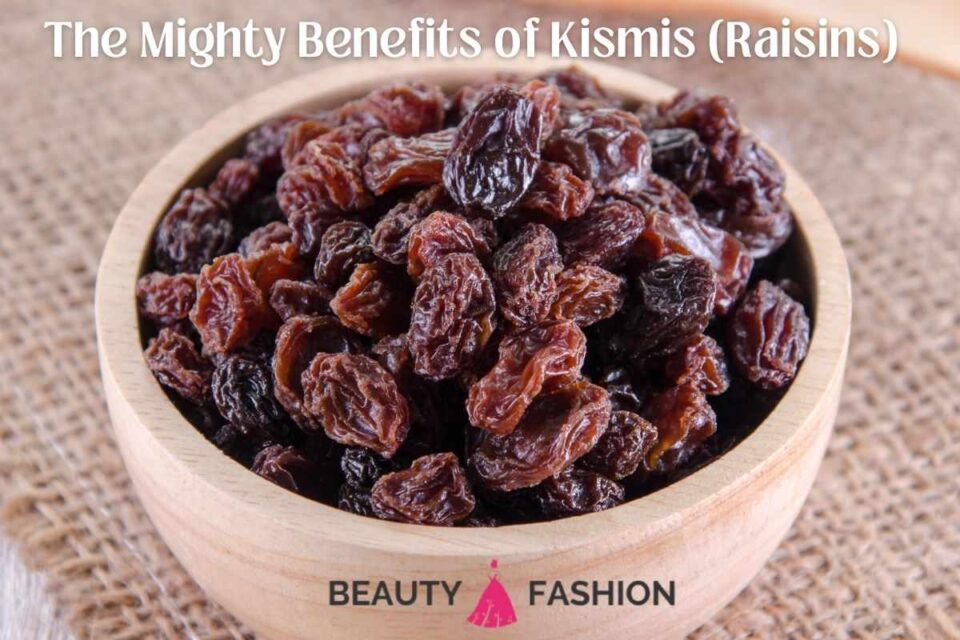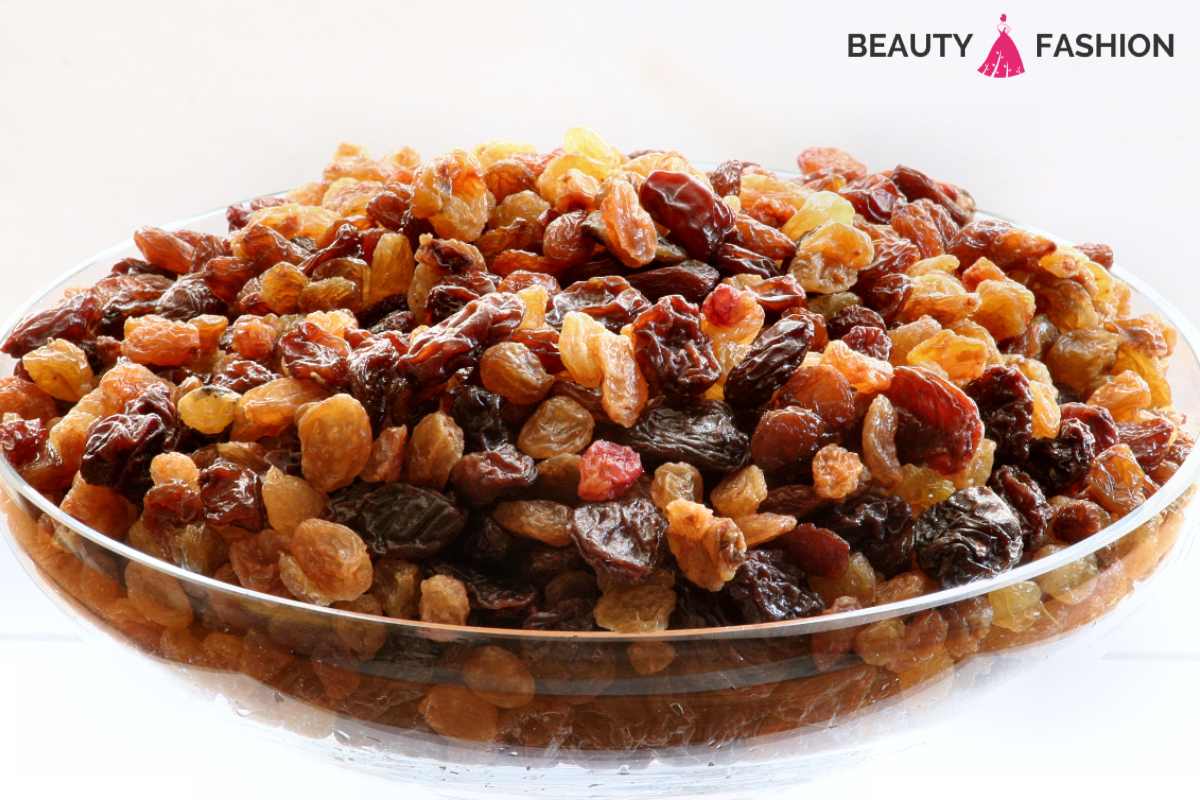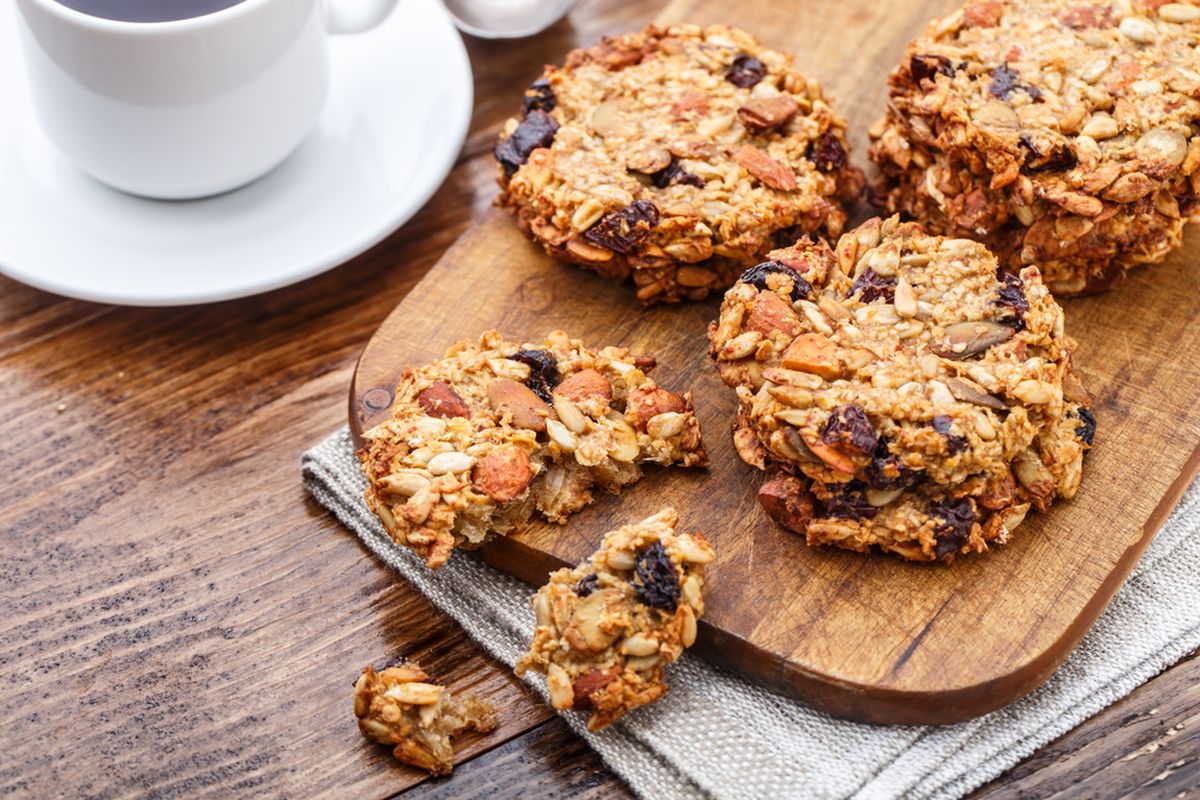As a passionate food enthusiast and wellness advocate, I’ve always been fascinated by the incredible potential of natural superfoods. Today, I’m excited to dive into the world of kismis—those delightful little dried grapes that pack a powerful nutritional punch!
Whether you enjoy them as a quick snack, a sweet addition to your favorite dishes, or a health-boosting ingredient in your daily routine, kismis are an essential superfood for a balanced diet.
The History and Cultural Significance of Kismis
Kismis, also known as raisins, have an intriguing history that dates back thousands of years. Originating in the Middle East, these dried grapes were discovered as a way to preserve the sweetness of fresh fruit.
They became a staple along ancient trade routes, prized not just for their long shelf life but also for their natural sweetness and health benefits.
In ancient Greece and Rome, raisins were used as a form of currency and awarded as prizes in athletic contests. They were also revered in religious ceremonies, symbolizing abundance and vitality.
In India, kismis have long been featured in desserts, biryanis, and festive dishes, and their popularity continues today, making them a global favorite.
Types of Kismis: A Delicious Variety
Not all kismis are created equal! Depending on the grape variety and drying method, you can enjoy different types of kismis, each with its own flavor, texture, and color:
- Golden Raisins: Light in color, golden raisins are treated with sulfur dioxide and dried in controlled environments, giving them a soft texture and mild, fruity flavor.
- Dark Raisins: These are the most common variety. Sun-dried and rich in flavor, they’re often used in baked goods.
- Sultanas: Smaller and seedless, sultanas are plumper and sweeter, often soaked in a drying solution.
- Black Currants: Though not technically raisins, these small, intensely flavored fruits are often grouped with them. They have a slightly tangy taste.
Each type of kismis offers its own unique characteristics, ensuring there’s a perfect variety for every taste.
Nutritional Profile: What Makes Kismis a Superfood?
Kismis are tiny powerhouses packed with essential nutrients that contribute to overall health:
- Calories: 299 calories per 100 grams – energy-dense for a quick snack.
- Fiber: High in dietary fiber, which supports digestion and gut health.
- Minerals: Rich in potassium, iron, calcium, magnesium, and phosphorus—essential for various bodily functions.
- Vitamins: Packed with B-complex vitamins and antioxidants like polyphenols.
- Natural Sugars: Glucose and fructose provide a quick and sustained energy boost.
This nutrient-dense composition makes kismis a true superfood!
Health Benefits of Kismis: More Than Just a Sweet Treat
1. Boosting Digestive Health
Kismis are rich in fiber, which helps regulate digestion and prevent constipation. Their prebiotics promote the growth of beneficial gut bacteria, contributing to a healthy microbiome and better digestion.
2. Improving Skin and Hair Health
The antioxidants in kismis help fight free radicals, preventing premature aging and boosting collagen production. Additionally, the iron content enhances blood circulation, promoting healthy, glowing skin and hair.
3. Strengthening Bones
With high levels of calcium and boron, kismis support bone density and may reduce the risk of osteoporosis. Boron, a lesser-known mineral, enhances calcium absorption, contributing to overall bone health.
4. Enhancing Immunity
Kismis are packed with nutrients like vitamin C, zinc, and antioxidants that help boost immunity, making your body more resilient to infections.
5. Managing Weight and Energy Levels
Despite being sweet, kismis can be helpful for weight management. Their fiber content promotes feelings of fullness, and their natural sugars provide sustained energy, making them ideal for pre-workout snacks or energy boosts during the day.
Soaked vs. Raw Kismis: What’s the Difference?
Soaking kismis can enhance their nutritional benefits. Here’s how:
- Soaked Kismis: Easier to digest, enhance nutrient absorption, and have a softer texture, making them perfect for adding to dishes.
- Raw Kismis: Convenient for snacking, with a longer shelf life. They have a more concentrated flavor, making them great for desserts and baking.
Pro Tip: Soak 10-15 kismis overnight in water and consume them in the morning for an instant energy boost!
Kismis and Weight Management: Separating Myths from Facts
Despite their natural sugars, kismis are not fattening when eaten in moderation. They have a low glycemic index, which means they release sugars slowly into the bloodstream, preventing energy crashes. The fiber content also helps control appetite,
reducing overall calorie intake. Additionally, kismis make a healthier alternative to processed sweets, satisfying sugar cravings without empty calories.
Key Tip: Pair kismis with nuts for a balanced, weight-friendly snack that provides protein, healthy fats, and fiber.
Incorporating Kismis into Your Diet: Delicious Recipes
Kismis are incredibly versatile and can be easily incorporated into your daily meals. Here are a few ideas:
1. Quick Breakfast Smoothie
Ingredients:
- 1/4 cup kismis
- 1 ripe banana
- 1 cup almond milk
Method: Blend until smooth for an energy-packed breakfast.
2. Homemade Energy Balls
Ingredients:
- 1/2 cup kismis
- 1/2 cup nuts (almonds, cashews)
- 1/2 cup oats
Method: Blend everything, roll into balls, and refrigerate for a nutritious snack.
3. Kismis Rice Pudding
Ingredients:
- 1/4 cup kismis
- 1 cup cooked rice
- 1 cup milk
- A pinch of cardamom
Method: Simmer the rice and milk with kismis and cardamom for a creamy dessert.
Potential Side Effects and Precautions
While kismis are generally safe, moderation is key. Here are some precautions:
- High Sugar Content: Those with diabetes should monitor intake, as kismis contain natural sugars.
- Allergic Reactions: Rarely, some individuals may be allergic to dried fruits.
- Caloric Density: Overeating can lead to weight gain. Stick to a serving size of about 30 grams (a handful).
Kismis for Specific Health Conditions
1. Diabetes Management
Despite their natural sugars, kismis have a low glycemic index, meaning they release sugar slowly. Pairing them with nuts can further regulate blood sugar levels.
2. Heart Health
The potassium and antioxidants in kismis help reduce blood pressure and support heart health by lowering cholesterol.
3. Anemia
Rich in iron and copper, kismis are a valuable addition to the diet for those with anemia or low hemoglobin levels.
Kismis vs. Other Dry Fruits: A Nutritional Comparison
- Kismis vs. Dates: Kismis offer more fiber, while dates are slightly higher in calories.
- Kismis vs. Apricots: Apricots provide more vitamin A, but kismis are richer in iron.
- Kismis vs. Almonds: Almonds have more healthy fats, while kismis offer quick energy.
How Kismis Are Made: From Grapes to Raisins
The process of making kismis involves:
- Harvesting ripe grapes
- Drying them under the sun or using dehydrators
- Treating with natural preservatives (like sulfur dioxide) to retain quality and color
Storage Tips for Kismis: Keeping Them Fresh
To keep your kismis fresh:
- Store in an airtight container in a cool, dry place.
- Refrigerate for longer shelf life.
- Avoid direct sunlight to preserve texture.
- For long-term storage, freeze them.
Conclusion: Why Kismis Deserve a Place in Your Diet
Kismis are more than just a sweet treat. They’re packed with essential nutrients that support digestive health, boost immunity, and improve skin and hair. By incorporating kismis into your diet, whether soaked, raw, or in recipes, you can harness the full benefits of this superfood.
Whether you’re looking to boost energy, enhance digestion, or satisfy a sweet craving, kismis offer a healthy, delicious solution.
Enjoy them in moderation and make them a regular part of your diet—you’ll be nourishing your body with nature’s sweet little superfood.
Key Takeaways:
- Kismis are rich in essential vitamins, minerals, and antioxidants.
- They support digestive health, enhance immunity, and improve skin and hair.
- Incorporating kismis into your diet is easy and rewarding




